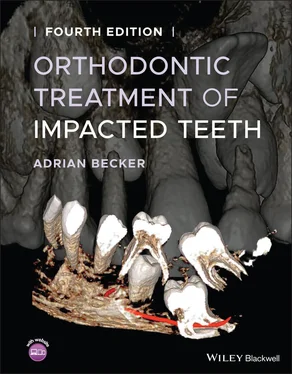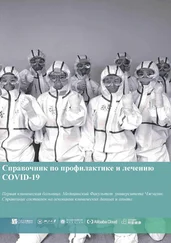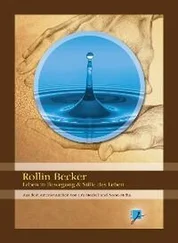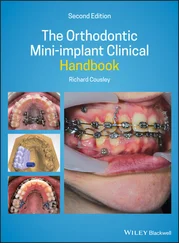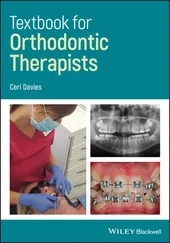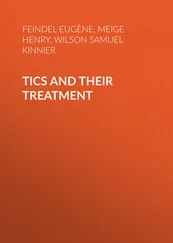An update of the review was undertaken in 2017 [40], in which the researchers found only three studies in the literature that fulfilled their criteria to be included. However, in their assessment the authors stated that they ‘considered the evidence to be of low quality, with two of the three included studies being at high risk of bias’ and that ‘the evidence suggests that neither the open nor closed surgical technique for exposing palatally displaced maxillary canine teeth is superior for any of the outcomes included in this review’. The authors were at pains to point out that their search through the literature had failed to disclose published studies suitable to be included in the review and that therefore evidence of a statistical or clinical difference between the two surgical techniques is lacking, and furthermore that currently the method of exposing a palatally displaced canine may be left to the personal preference and choice of the surgeon and orthodontist.
The UK research group stressed that there are impacted canines whose location and relationship to the roots of the adjacent teeth could render one of these two techniques of exposure impossible, impractical, ill‐advised or potentially harmful. This means that the randomization of patients for the purpose of the study of open versus closed surgical exposure was not valid and the composition of the two sample groups of patients could no longer be considered comparable. It is therefore quite clear that the authenticity of the study is both directly and indirectly compromised. To overcome this unfortunate conclusion, the route taken by the UK group was to eliminate/disqualify difficult cases from the study, in order to achieve the parity needed for proper analysis.
Let us examine whether this corrective step can achieve valid parity of the samples:
In the case of an impacted canine that is associated with severe resorption of the root of the adjacent incisor, ‘open’ surgical exposure is contraindicated, as it would seriously endanger the vitality of the affected incisor and, often, its very existence. Using the ‘closed’ eruption technique would offer the opportunity to salvage both teeth, while maintaining their vitality.
Similarly, consider the case of palatal canines that are severely vertically displaced in the height of the maxilla, above the incisor apices, or those whose roots bucco‐lingually straddle the ridge between the lateral and central incisors. An ‘open’ exposure procedure is highly unsuited to these clinical situations. The necessary broad exposure would place the vitality of the adjacent teeth at risk and, unless the exposure was extremely wide, it would rapidly close over and deny subsequent clinical access.
Accordingly, such cases (i.e. the more difficult cases) cannot be included in the random allocation for a fair comparison of open or closed surgical exposure and would need to be eliminated from the study sample. The very act of excluding these and other more difficult cases creates a heavy bias to the survey and is tantamount to limiting the findings of the study to being valid solely for simple or superficial cases.
Regardless of the method used, it is quite clear that the overall aim of the treatment must include the ability to employ the highest clinical standards of treatment and to produce the ideal outcome (i.e. where it is impossible to recognize which tooth had been impacted). The successfully treated impacted tooth must be identical in its form, its orientation, its colour, its gingival contour and its crown height to its antimere and in harmony with its neighbours. This ideal is achievable in a high proportion of cases when the ‘closed’ eruption technique is used, in combination with properly executed directional orthodontic traction and alignment. It is pertinent here to refer to the pre‐orthodontic open exposure method espoused by Schmidt and Kokich, who, in their study of the method, found that only 19% of the previously impacted canines would escape detection by a panel of experts [41].
It is clear from what has been described here and what will be discussed in later chapters that the quality of the outcome is only partly due to the type of surgical procedure employed. Indeed, there are many other factors that are intimately involved in the final outcome, some of which may be just as influential in dictating the result. A number of these factors may be neutralized in a very large sample, if the randomization has distributed them equally between the two groups. Nevertheless, there are several others that cannot be discounted. It is imperative to recognize four distinct groups of such factors: namely, those related to the patient, those related to the radiologist, those related to the oral surgeon and those related to the orthodontist.
The patient: Patients present a wide variety of positional diagnoses, both of the tooth and of its proximity to adjacent teeth. Some of these positional diagnoses are not amenable to open surgery procedures, as already noted. There is great variety of oral hygiene levels among patients and poor oral hygiene has a direct and negative influence on the quality of the periodontal outcome, even in the best treatment plan.
The radiologist: Imaging today is far superior to that of yesteryear. A competent dental radiologist should be the person to offer a report of both planar and 3D imaging in a particular case, although many orthodontists and surgeons are also very adept. Nevertheless, mistakes are made in accurate positional diagnosis and in the search for pathological entities. Such mistakes are a frequent cause of treatment failure.
The surgeon: No two oral surgeons work in the same manner. They will often exhibit differing preferences in relation to subjects such as flap design, amount of bone and soft tissue removal, whether or not to remove the follicle in its entirety, or pack size and the amount of pressure to be exerted via the pack. Some surgeons (particularly when the orthodontist is not watching!) are known to ‘assist’ in the eruption by radical exposure and by pushing an elevator down the PDL of the tooth in order to be sure that the tooth is mobilized. Additionally, when the surgeon is called upon to place the attachment, his or her bonding skill and knowledge of the most advantageous bonding location cannot match those of the orthodontist. This increases the risk of subsequent bracket detachment, repeat surgery and inappropriate traction direction. Any one of these factors may compromise periodontal health and gingival architecture.
The orthodontist: Orthodontists also work in different ways, with widely differing appliance methods and customized traction device designs. There will be a periodontal price to pay for inappropriate directional traction, excessive traction forces and treatment inefficiency, not to mention varying quality standards of case completion.
These three professionals and the patient are four individuals, each of whom has an influence, for better or for worse, on the desired treatment result in the present context. The number of factors that exist within the area of responsibility of each one is both infinite and diverse, making it impossible to arrive at a definitive sample that will enable a comprehensive scientific comparison to be formed between the two surgical approaches. As if that were not enough, enlarging the sample, by including meta‐analyses of different sub‐populations and different practitioners from different centres and using differing techniques, only increases this diversity.
In summary, therefore, it can be stated that clear and authoritative answers to the question of surgical exposure preference are impossible to determine with any degree of validity. And this brings us back to outmoded, individual, surgeon‐orthodontist experience and opinion, with the dubious reliance on such literary guidance as may be available – namely, a large body of published studies based on retrospectively chosen samples – from which to attempt to draw some appropriate, if empirical, conclusions. In view of the fact that the Cochrane Collaboration arrived at identical conclusions, it is postulated that, at this time, a comprehensive, evidence‐based directive remains elusive.
Читать дальше
